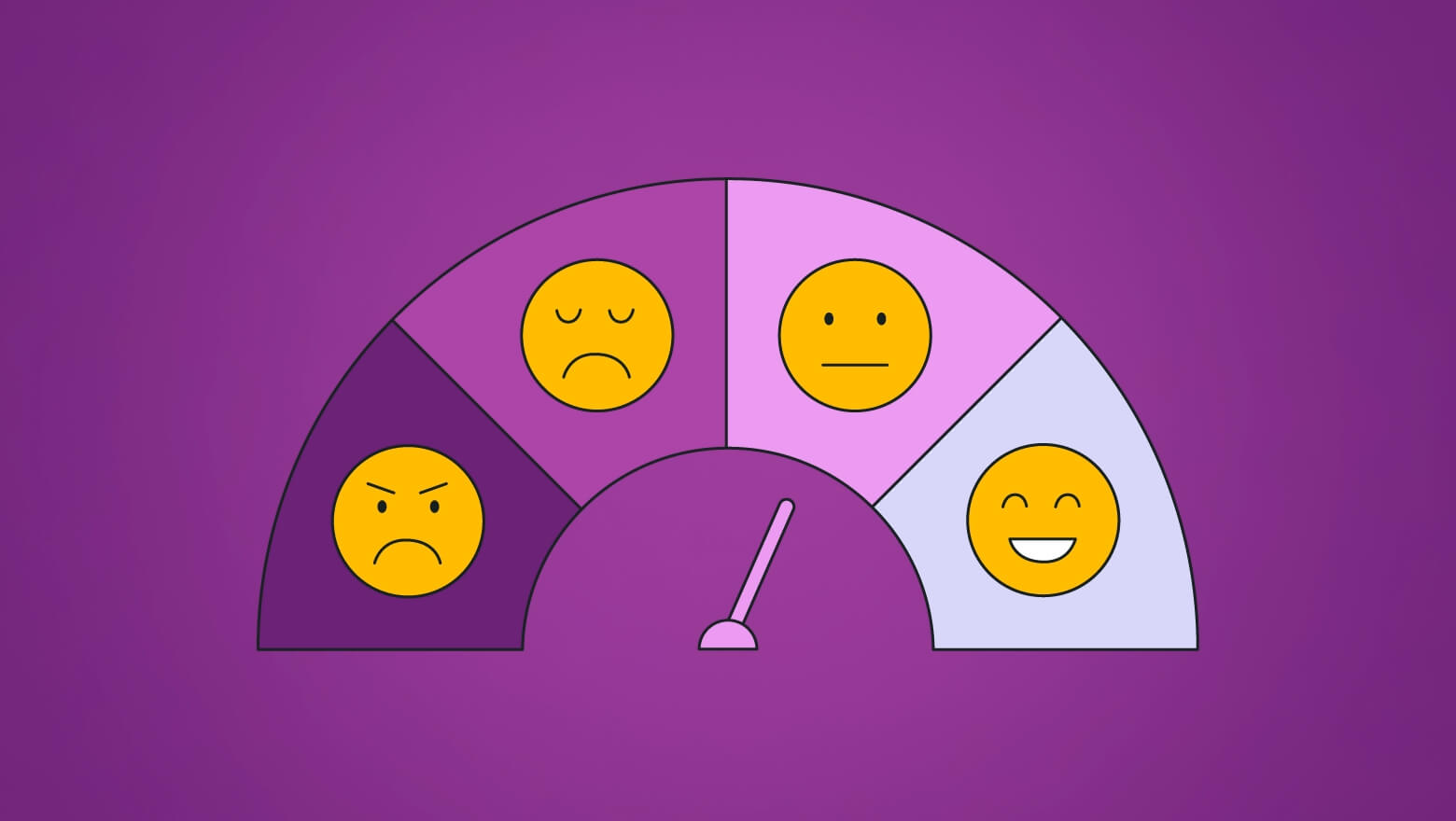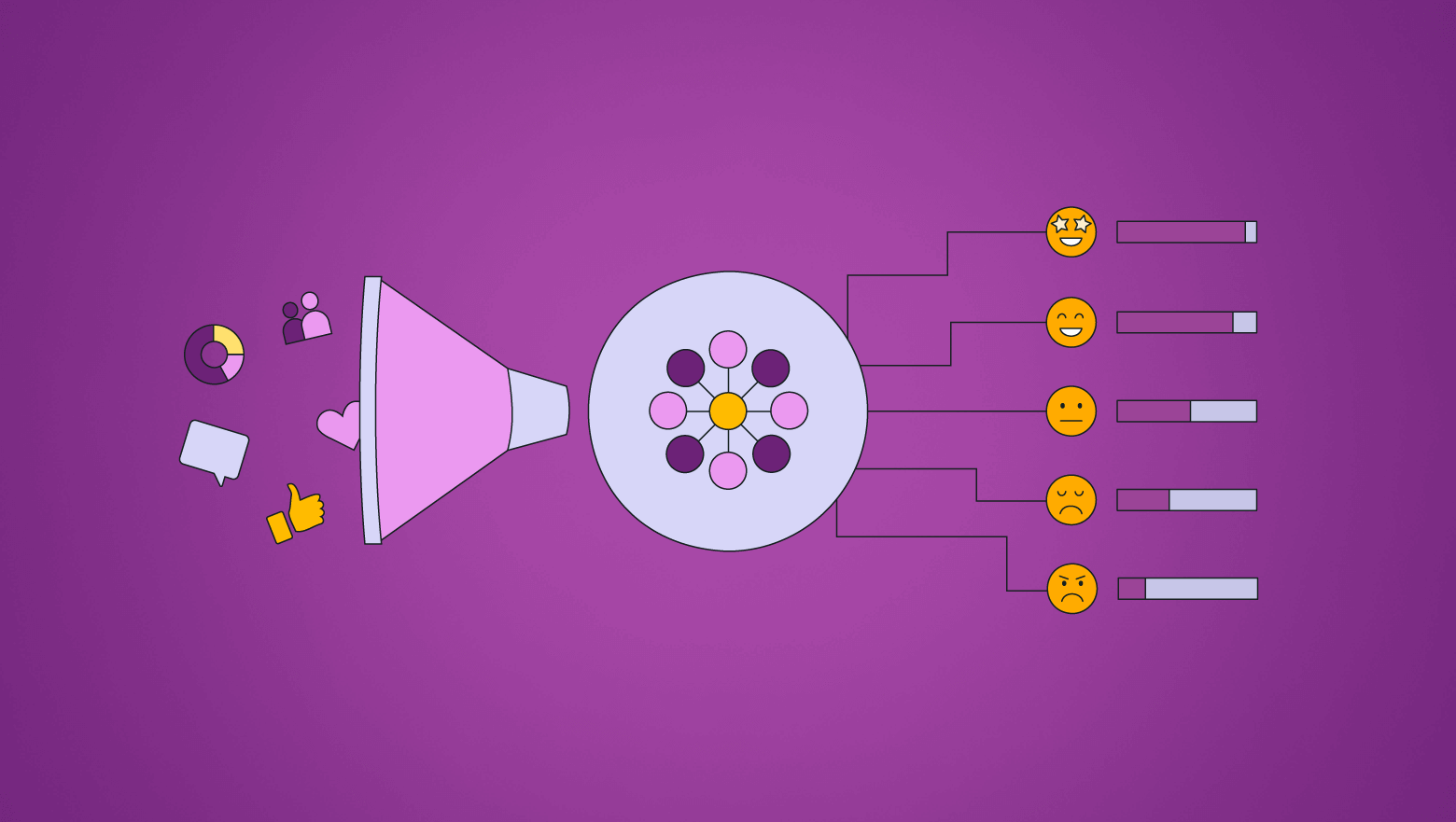In the fast-paced digital age, businesses are constantly seeking ways to understand their audience better. One of the most effective methods is through social sentiment tools. These tools have become essential for businesses to gauge public opinion, manage their brand reputation, and enhance customer engagement. But what exactly are social sentiment tools, and why are they so important?
What Are Social Sentiment Tools?

1. Basic Concept
Social sentiment tools are specialized software that analyze and interpret the emotions and opinions expressed by people on social media platforms. They help businesses understand the general sentiment (positive, negative, or neutral) around their brand, products, or services.
2. How They Work
These tools use natural language processing (NLP) and machine learning algorithms to scan social media posts, comments, reviews, and other user-generated content. They then categorize the sentiment behind these texts, providing insights into how people feel about a particular topic.
The Importance of Social Sentiment Analysis
1. Understanding Audience Sentiment
Knowing how your audience feels about your brand can provide invaluable insights. Are they happy with your latest product? Do they have concerns or complaints? Social sentiment tools help you tap into these insights.
2. Enhancing Customer Engagement
By understanding what your customers are saying, you can engage with them more effectively. Addressing their concerns promptly can turn a negative experience into a positive one, fostering loyalty and trust.
3. Improving Brand Reputation
Maintaining a positive brand image is crucial. Social sentiment tools help you monitor and manage your online reputation by identifying and addressing negative sentiments before they escalate.
Key Features of Social Sentiment Platforms
1. Real-Time Monitoring
One of the most critical features is real-time monitoring. This allows businesses to stay updated on the latest trends and sentiments, enabling prompt responses to any issues that arise.
2. Sentiment Scoring
These tools assign a sentiment score to each piece of content, making it easy to quantify and compare different sentiments over time.
3. Data Visualization
Effective data visualization tools help in presenting the sentiment data in an easily understandable format, such as graphs, charts, and heat maps.
4. Competitor Analysis
Understanding how your competitors are perceived can give you a competitive edge. Many social sentiment tools offer competitor analysis features, allowing you to compare sentiments across brands.
Top Social Sentiment Tools in the Market
1. AIM Insights
AIM Insights is a powerful tool that offers comprehensive social listening and sentiment analysis features. It provides detailed insights into brand perception and industry trends.
2. Sprout Social
Sprout Social combines social media management with sentiment analysis, making it a versatile tool for businesses of all sizes.
3. Hootsuite Insights
Hootsuite Insights is known for its robust analytics and real-time monitoring capabilities. It’s a great choice for businesses looking to manage and analyze their social media presence effectively.
4. Mention
Mention allows you to monitor mentions of your brand across the web and social media. Its sentiment analysis features help you understand the context of these mentions.
5. Talkwalker
Talkwalker offers advanced sentiment analysis and social listening features, making it ideal for businesses looking for deep insights into their audience’s perceptions.
How to Choose the Right Social Sentiment Tool
1. Identify Your Needs
Determine what you need from a social sentiment tool. Are you looking for basic sentiment analysis, or do you need advanced features like competitor analysis and predictive analytics?
2. Budget Considerations
Social sentiment tools can vary significantly in price. Identify your budget and find a tool that offers the best value for your money.
3. Ease of Use
The tool should be user-friendly and easy to integrate into your existing systems. A steep learning curve can hinder your team’s productivity.
4. Integration Capabilities
Ensure the tool can integrate seamlessly with your existing marketing, CRM, and analytics platforms.
Benefits of Using Social Sentiment Tools
1. Proactive Issue Resolution
By identifying negative sentiments early, you can address issues before they become major problems, helping to maintain a positive brand image.
2. Enhanced Marketing Strategies
Understanding how your audience feels about your marketing campaigns can help you refine your strategies for better engagement and results.
3. Better Customer Insights
Social sentiment tools provide a wealth of data about your customers’ preferences, helping you tailor your products and services to meet their needs.
4. Increased Brand Loyalty
Responding to customer feedback and showing that you value their opinions can foster brand loyalty and long-term relationships.
Challenges
1. Data Overload
The sheer volume of data can be overwhelming. It’s essential to have a clear strategy for filtering and analyzing the data effectively.
2. Interpretation Errors
Sentiment analysis is not always 100% accurate. Misinterpreting sarcasm or context can lead to incorrect conclusions.
3. Integration Issues
Integrating social sentiment tools with other systems can be challenging and may require technical expertise.
Future Trends
1. AI and Machine Learning Advancements
The future of social sentiment analysis lies in AI and machine learning. These technologies will continue to improve the accuracy and efficiency of sentiment analysis tools.
2. Predictive Analytics
Predictive analytics will enable businesses to anticipate future trends and sentiments, allowing them to stay ahead of the curve.
3. Increased Personalization
As sentiment analysis tools become more advanced, they will offer greater personalization, providing deeper insights into individual customer preferences.
Practical Tips for Effective Social Sentiment Analysis
1. Setting Clear Objectives
Define what you want to achieve with your sentiment analysis. Clear objectives will guide your strategy and ensure you get the most out of your tools.
2. Regular Monitoring
Consistent monitoring is crucial. Regularly check the sentiment around your brand to stay updated on any changes.
3. Engaging with Audience Feedback
Responding to feedback shows your audience that you value their opinions. Engage with them positively to build strong relationships.
Integrating Social Sentiment Tools with Other Marketing Tools
1. CRM Integration
Integrating with your CRM system can provide a more comprehensive view of your customers, helping you tailor your interactions and improve customer satisfaction.
2. Social Media Management Platforms
Combine sentiment analysis with social media management tools to streamline your efforts and maximize your impact.
3. Analytics Tools
Using sentiment tools alongside other analytics platforms can give you a more holistic view of your marketing performance.
Common Mistakes to Avoid
1. Ignoring Negative Feedback
Negative feedback provides valuable insights. Ignoring it can lead to missed opportunities for improvement.
2. Overlooking Context
Context is crucial in sentiment analysis. Always consider the context in which comments are made to avoid misinterpretation.
3. Relying Solely on Automation
While automation is helpful, human oversight is essential to ensure the accuracy and relevance of the insights gained.
The Role of Social Sentiment Tools in Crisis Management
1. Early Detection of Issues
Social sentiment tools can detect potential crises early, allowing you to address issues before they escalate.
2. Real-Time Response Strategies
Develop real-time response strategies to manage crises effectively and maintain a positive brand image.
Conclusion
Social sentiment tools are invaluable for businesses looking to understand and engage with their audience better. By leveraging these tools, you can gain deep insights into customer sentiments, enhance your marketing strategies, and manage your brand reputation effectively. As technology advances, the capabilities of these tools will only grow, offering even more opportunities for businesses to connect with their audience in meaningful ways.
Ready to see the impact of social sentiment analysis on your business? Request a demo from AIM Technologies today and start transforming your customer insights into actionable strategies.
FAQs
What is the primary function of social sentiment tools?
- The primary function of social sentiment tools is to analyze and interpret the emotions and opinions expressed by people on social media platforms, providing insights into public sentiment about a brand, product, or service.
Can small businesses benefit from social sentiment tools?
- Absolutely. Social sentiment tools can help small businesses understand their audience better, improve customer engagement, and manage their brand reputation effectively.
How often should social sentiment be monitored?
- It’s best to monitor social sentiment regularly, ideally in real-time, to stay updated on any changes in public opinion and respond promptly to any issues.
Are social sentiment tools expensive?
- The cost of social sentiment tools can vary widely. There are options available for different budgets, from basic tools for small businesses to advanced platforms for larger enterprises.
What is the future of social sentiment analysis?
- The future of social sentiment analysis lies in advancements in AI and machine learning, predictive analytics, and increased personalization, which will enhance the accuracy and effectiveness of these tools.




